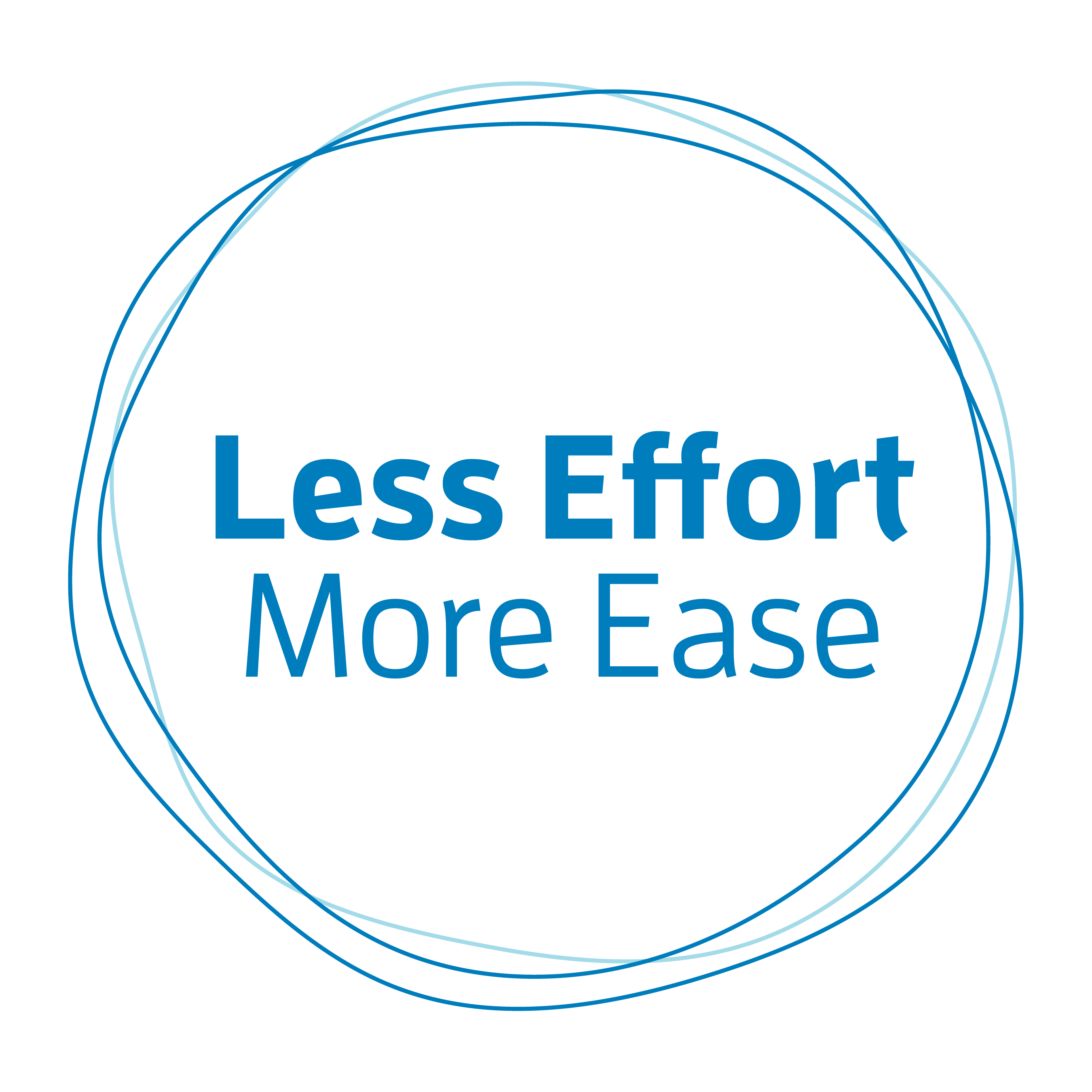Let’s expand on those three statements I left you with.
Posture is not a right position
Consider that you’re always moving. If you’re breathing, you are moving. As you sit here reading this blog post your torso is moving, expanding, and contracting in response to your every breath. You’re never completely still.
If you’re always moving (even just a little bit) your body needs to be free to adjust. Positions tend to be static and held. If you’re always moving, what is a good position in one moment will not be suitable in the next.
Instead of thinking of your posture as a right position, I invite you to think in terms of relationships in your body that allow for more freedom and ease. For example, I always encourage my students to think about an easy and non-compressed relationship between the head and spine as opposed to a right head position (more about that in the next blog post).
Posture is an integral part of everything you do
I sit, I stand. That is my posture. Not. Posture isn’t something you do some of the time. When you roll on the floor with your kids, there is a postural aspect to it. When you’re doing the dishes or running down the street, there is a postural aspect to it. When you’re working at the computer, walking your dog, driving the car, or waiting in line, there is a postural aspect to it.
Posture is not just physical
In the two pictures below the postures tell a whole lot about the emotional state of these two men. Your posture is often an outward expression of how you feel inside.
I encourage you to approach your posture not as a right position or shape you must pull yourself into and hold onto but a collection of balanced relationships. Relationships that are free to change as you move throughout your day. And recognize that emotions reflect themselves in your posture.
Posture is really about your whole self-mind, body, and emotions all wrapped up into one.
Welcome to an interesting and fun journey as we explore your posture together!
In the next few posts, we’ll start to explore the most crucial of all relationships as far as posture is concerned—the head-spine relationship. So, before you read the next post, take some time to think about the following questions:
- What is my head? Where is the front of it and the back, the top, and the bottom?
- Where does my head sit on top of my spine?
- When I move my head to look up and down, where does that movement initiate?
Photo of girl with outstretched arms: Helen Sushitskaya/Shutterstock.com



